Face Cream Pilling: What Causes It and How to Formulate a Pill-Free Skincare Product
Let’s stir up some magic in the lab with today’s hot topic ; tackling a cosmetic conundrum that frustrates even seasoned formulators: pilling in creams. You know the story. Your formula looks great, feels luxurious, absorbs well in tests. But then someone tells you they’ve experienced pilling during their skincare routine. After massaging the cream a bit too long on the face or after rubbing in a facial oil, some friends or clients report that it starts to ball up and roll off like eraser shavings. Not a good look. Not a good feel.
This blog is for cosmetic formulators who want to understand the science behind pilling and more importantly, how to fix it. Pilling is often the result of an imbalanced interaction between gums, emulsifiers, actives, and layering behaviour. So let’s dive deep into film-forming dynamics, hydration layer interactions, emulsifier behaviour, and ingredient synergies that can make or break your cream’s performance.
What Is Pilling and Why Does It Matter?
Pilling refers to the formation of small, visible particles or ‘rolls’ on the skin when a product is rubbed or layered, particularly when a second product (like a facial oil) is applied on top. It’s not just a sensory issue. It’s a perceived quality failure, which translates into poor consumer satisfaction and lower repurchase rates.
It usually happens because the product takes too long to absorb or isn’t absorbed properly. Instead, it sits on the skin’s surface, and when the user tries to rub it in or layer another product, the fragile film breaks down and rolls off. In some cases, such as a face mask or an eye cream, this extra layer may be very useful, but it is usually not the desired effect in a face cream or serum.
The Emulsifier-to-Oil Ratio Mistake
One of the most overlooked yet frequent causes of pilling is an imbalanced emulsifier-to-oil ratio. Emulsifiers are designed to stabilise oil-in-water mixtures, but they also contribute to the skin feel and the way the product forms a film. If you use more emulsifier than your oil phase requires, you may get a draggy, structured finish that flakes under minimal friction.
Film-Formers, Gums, and Hydration Layers
Of course, emulsifiers aren’t the only players. Film-formers like Saccharide Isomerate, Fucocert, and Inulin are designed to retain moisture by forming a water-holding matrix on the skin. Combine that with thickeners like guar gum, xanthan gum, or sclerotium gum, and now you have a multilayered film that can resist absorption.
That might sound like a benefit, but when too many film-formers stack up, they create a surface that holds water too well and breaks apart when touched or rubbed, especially when oils are layered after. The oil phase, being hydrophobic, disturbs the hydration network and physically rolls it off the skin.
Replacing Silicones: What Natural Alternatives Get Wrong
One major contributor to pilling in “clean” or silicone-free creams is the improper substitution of silicones with thick, poorly absorbing esters or waxy emollients. Silicones like Dimethicone or Cyclopentasiloxane reduce friction and create a breathable, flexible film that resists pilling (when used in adequate amounts). Removing them without a smart replacement often results in drag and rigidity.
Natural alternatives like Coco-Caprylate or Neopentyl Glycol Diheptanoate can help restore slip, while esters like Isoamyl Laurate or Dicaprylyl Carbonate create lightweight glide. The key is testing slip, not just absorption.
Layering Compatibility: A Real-World Problem
In theory, all your ingredients work beautifully. But in practice, most consumers layer products. That’s when things fall apart, literally. A well-formulated cream can still pill if it’s not compatible with what comes before or after it.
So it’s not always about what’s in your formula, but how your formula behaves with others. Testing your formula with standard layering sequences is crucial to replicate a customer experience: toner + serum + cream + oil, for example. Observe what breaks down, where it drags, and how long it takes to settle.
Ionic Behaviour and Ingredient Interference
Sometimes, your ingredients are chemically compatible, but physically disruptive. Emulsifiers and preservatives that carry a charge can interact with charged gums and hydration actives, weakening your emulsion film and affecting how it behaves on skin.
If your formula’s pH is close to the point where certain ingredients begin to change charge, you risk triggering electrostatic repulsion or weakening the film structure. Always buffer your formula to a consistent pH and avoid stacking too many charged ingredients unless you’re deliberately designing for them.
It’s Never Just One Thing: The Systemic Nature of Pilling
This is where many formulators get frustrated. They remove guar gum, but pilling persists. They switch emulsifiers, but it still happens. That’s because pilling is rarely the result of just one ingredient. It’s the outcome of how ingredients layer, film, absorb, and interact.
To truly fix a pilling formula, you need to:
- Reevaluate your emulsifier-to-oil ratio.
- Cut down or replace film-formers that don’t synergise well.
- Choose humectants wisely.
- Avoid stacking multiple gums.
- Test for layering compatibility with oils and serums.
How Manufacturing Impacts Pilling
Your process can make or break a cream’s tendency to pill. The way you mix, shear, and cool your emulsion can significantly impact emulsion stability and film formation, directly influencing whether your cream pills.
Improper dispersion of thickeners like Guar Gum or Carbomer during manufacturing can lead to clumping, creating uneven films on the skin that break apart under friction. Hydroxyethylcellulose (HEC), a natural-derived thickener, creates a less flexible film than Xanthan Gum, increasing pilling risk during rubbing. Sodium Polyacrylate, a film-forming polymer, can leave a tacky surface that peels when layered with oils, especially if over-dispersed. High shear mixing can overwork gums and emulsifiers like Glyceryl Stearate Citrate, breaking the emulsion structure and causing oil droplets to coalesce into a pilling-prone film.
Impact of Ingredient Particle Size and Dispersion
Poorly dispersed or oversized particles in face creams can create uneven films, leading to pilling. Botanical powders like oat flour or clay, often used in natural skincare formulations, can clump if not micronized to 10-20 microns, forming gritty films that flake under friction. Actives like zinc oxide or titanium dioxide, common in natural SPF creams, exacerbate pilling if particle sizes exceed 100 nm, disrupting emulsion stability. To prevent this, use high-shear mixing to ensure uniform dispersion, and source micronised ingredients. For natural thickeners, pre-disperse Xanthan Gum in glycerin to avoid clumping.
Real-Life Fixes from the Lab
In our lab, we recently worked with three separate formulations that all experienced pilling. Each one had a slight emulsifier overload, multiple film-formers, and a mix of starches or gums. By reducing the emulsifier to align with the oil phase and simplifying the gum and humectant choices, we saw instant improvement in texture and absorption. The creams no longer pilled when oil was applied afterwards, and the user experience improved dramatically.
Teaching Consumers to Prevent Pilling
We know that a perfectly formulated cream can still pill if not applied correctly (on skin that wasn’t cleansed before, for example). Teaching consumers proper techniques is key to ensuring your creations shine. Advise applying creams in thin, even layers to promote absorption and prevent excess film buildup. Encourage waiting a couple minutes before layering an oil serum, allowing the cream’s emulsion to settle into the skin. By guiding consumers on how to apply face cream correctly, you’ll help them achieve smooth, flawless results every time.
Before saying goodbye, I’ll leave you with my final thoughts.
Pilling Isn’t a Failure, It’s a Clue!
If your cream pills, it’s not the end of the road. It’s a valuable clue. It tells you where your formula is out of balance, which ingredients are competing, and how your skin-feel might be off.
By listening to that feedback, you can refine your product to:
- Absorb better
- Feel smoother
- Work with (not against) user habits
Every pilling issue is an invitation to learn more about how emulsifiers, gums, actives, and films work together. Use it to your advantage.
Here’s to formulas that work and brands that thrive!
From My Lab to Yours,
Rose

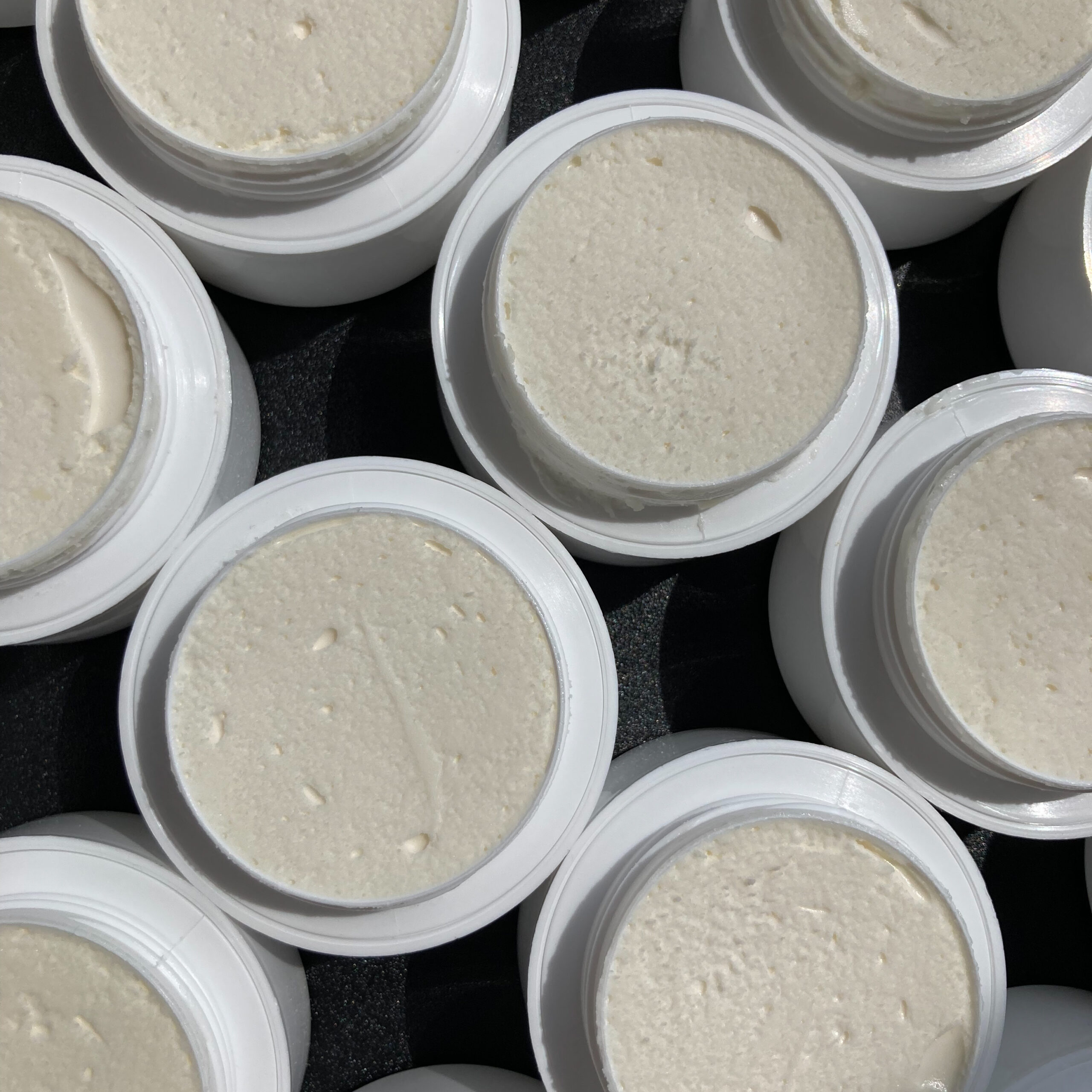



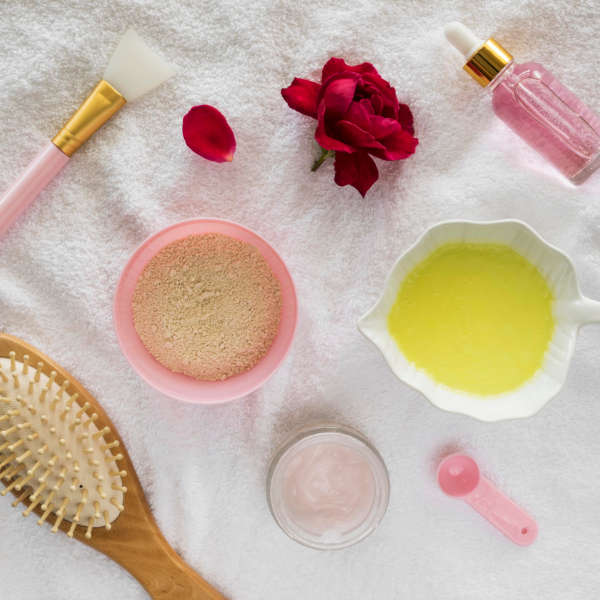
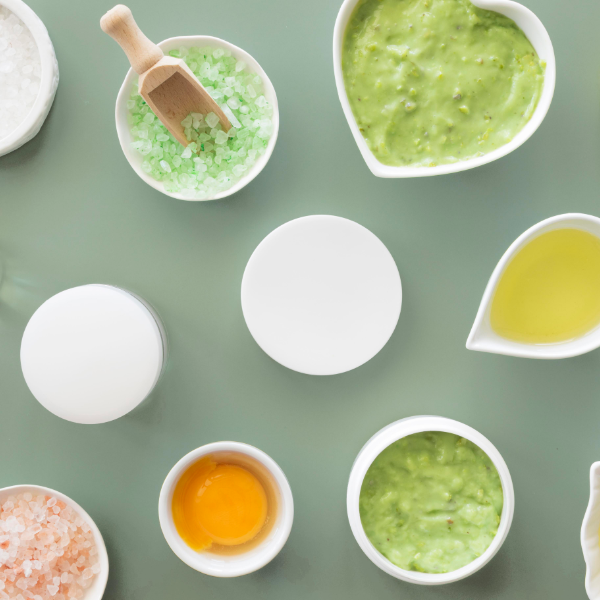
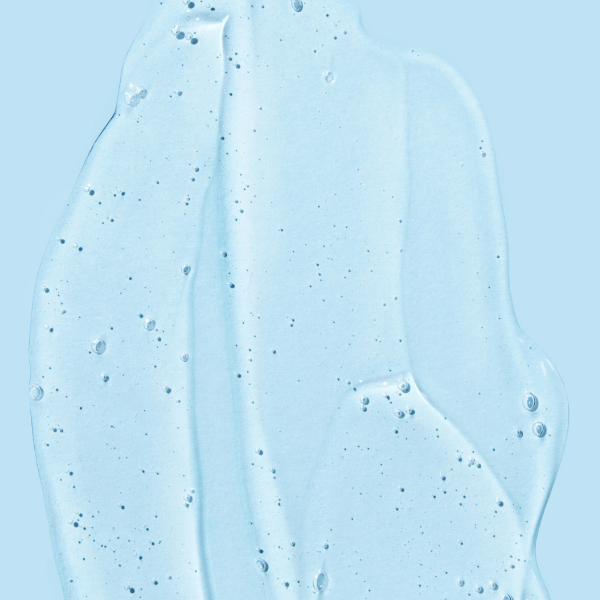
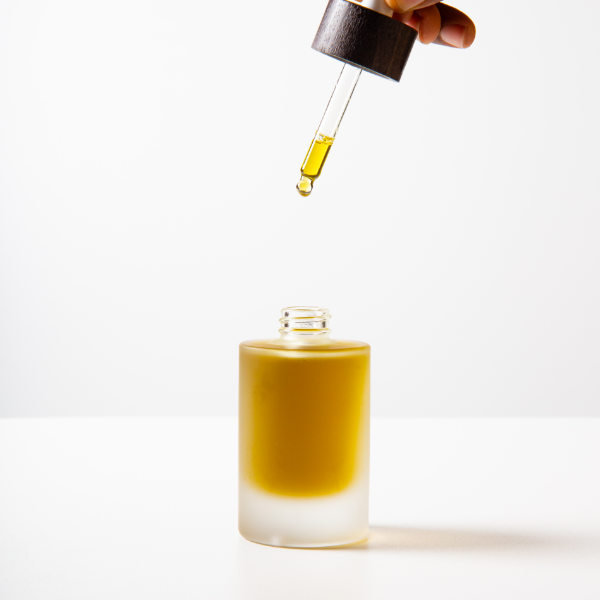
Add comment